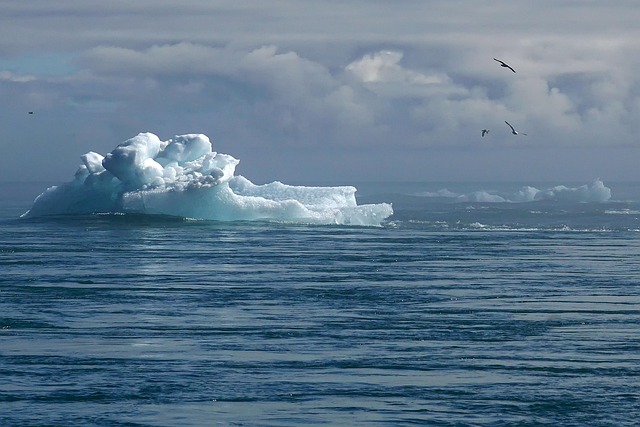Climate change is a pervasive force that reshapes our planet, and one of its most alarming manifestations is the phenomenon of desertification. This process, characterized by the degradation of land in arid, semi-arid, and dry sub-humid areas, poses a serious threat to ecosystems, biodiversity, and human livelihoods. As temperatures rise and weather patterns shift, the effects of climate change on desertification are becoming glaringly evident.
The environment is suffering immensely as climate change accelerates the destruction of fragile ecosystems. Deforestation and unsustainable farming practices, already exacerbated by changing climates, lead to soil erosion and loss of fertile land. Vegetation cover diminishes, further weakening the soil and making it vulnerable to wind and water erosion. Without plant life to anchor the earth, entire regions risk transforming into barren wastelands.
As desertification progresses, the impact extends far beyond the arid regions themselves. The loss of productive land threatens food security, driving up prices and making it increasingly difficult for communities to thrive. This scenario often leads to mass migrations as people are forced to leave their homes in search of fertile land and better opportunities. In many parts of the world, particularly in Africa and parts of Asia, these migrations are already in motion, as populations face dire straits.
Moreover, the effects of climate change are not limited to land and agriculture. The loss of biodiversity due to desertification disrupts ecosystems, leading to the extinction of species and the collapse of local habitats. As habitats shrink, animals struggle to find food and shelter, and those that cannot adapt face a grim future. This not only diminishes the beauty of our natural world but also jeopardizes the delicate balance of our planet’s ecological networks.
The vicious cycle of climate change and desertification continues to perpetuate instability. As land deteriorates, conflicts over resources may intensify, particularly in regions already prone to social tensions. Limited access to water and arable land can lead to confrontations between communities, exacerbating the struggles faced by those affected by the harsh realities of climate change. The impacts are not confined to developing nations alone; as resources become scarcer, even more developed countries could face significant consequences.
It is imperative that we recognize the interconnectedness of climate change and desertification, and take immediate action. Solutions lie in sustainable land management practices, reforestation, and the promotion of conservation methods that can help restore degraded areas. By addressing the root causes of desertification and acknowledging the critical link to climate change, we can work towards cultivating a more resilient future for the environment and humanity.
The urgency to confront these challenges cannot be overstated. Every step towards mitigating climate change is a step away from the devastating effects of desertification. By fostering a deeper awareness of our impact on the environment, we not only inspire action but also empower communities worldwide to adapt and thrive in the face of changing conditions. Together, we can turn the tide against desertification and preserve the earth for generations to come.


